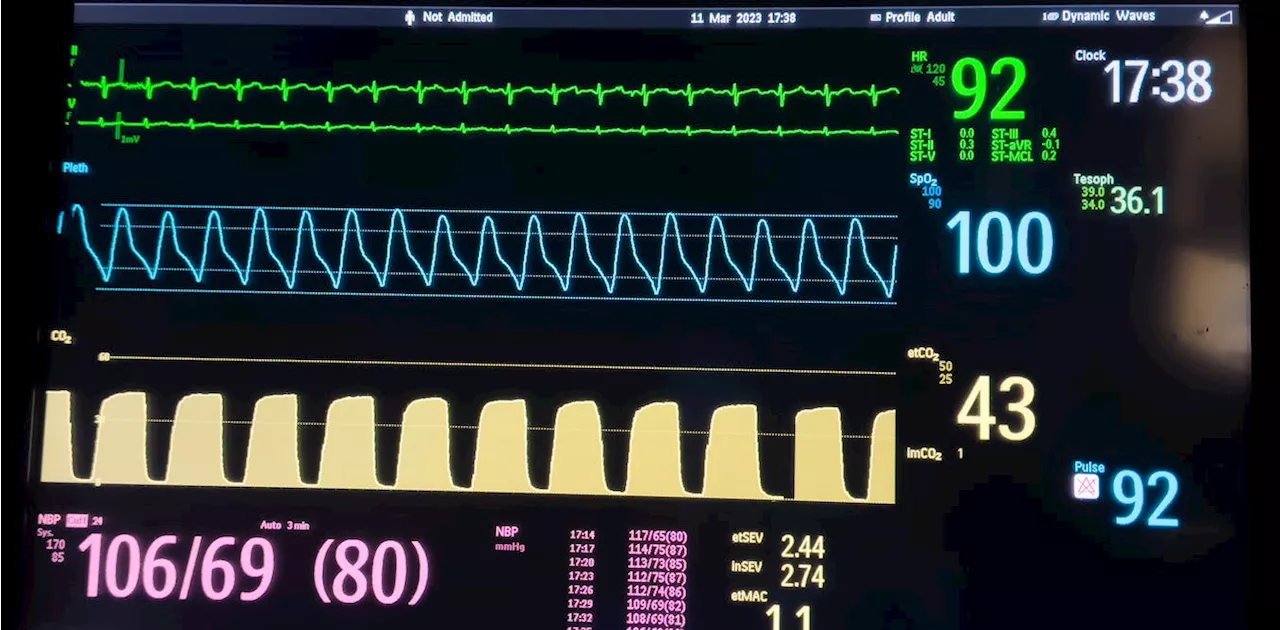Neuroscientist Sarah Garfinkel on why interoception can help explain the intergration between the body and the brain – and our emotions. Listen to The Conversation Weekly podcast.
At every moment, your body’s internal organs are sending signals to your brain. You’ll be mostly unaware of them, but sometimes they cut through: for example when you’re hungry, or when you need to go to the bathroom. Our ability to tap into these hidden signals is called interoception – sometimes known as a sixth sense.
When I first started, I would Google it and there’d be no hits, or very few. No one was talking about it. It’s amazing to me to see how much has changed in those ten years, and I’m excited to see that we’re entering into an age of neuroscience where we’re looking at an integrated system bringing in the body and the brain.
I think of feelings as changes in bodily states and our perceptions of them. So trying to understand how different clinical conditions may have differences either in the bodily signals themselves or the sensing of these changes and how that might map onto different emotion profiles.
